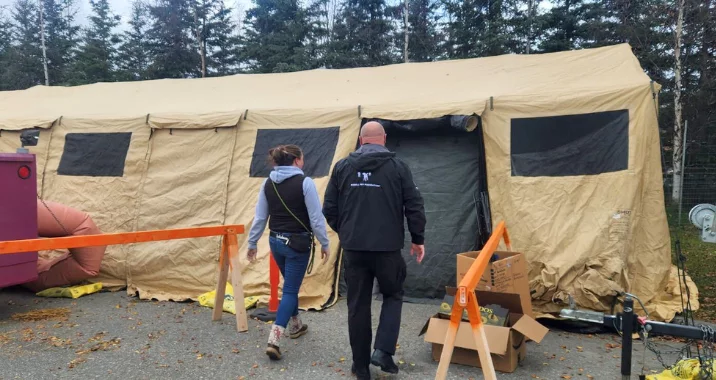Standing Together for Shelter Pets: Understanding the Difference Between Municipal and Private Shelters
Across the country, I see animal shelters are doing everything they can to save lives in a system strained by pet overpopulation. But not all shelters operate under the same conditions. Understanding the difference between municipal and private shelters—and the critical role each plays—can help us build a more compassionate, unified approach to saving animals. Let’s break it down:
What’s the Difference Between Municipal and Private Shelters?
Municipal shelters are operated by city or county governments or contracted by them to serve the public. These shelters are legally required to take in every animal that comes through their doors—no matter how full they are, how sick or injured the pet may be, or how many pets arrive in a single day. They don’t get to choose who they help. They serve every animal, and every person, in their community.
Private shelters, on the other hand, are typically run by nonprofit organizations and can often choose which animals to take in, when, and how many. Some private shelters also hold municipal contracts, meaning they agree to take in stray or surrendered animals on behalf of a city or county. These organizations, while privately managed, function as municipal shelters because they’re legally obligated to accept animals under contract requirements. The distinction may not be visible to the public, but the responsibilities are very real.
Why It Matters
Municipal shelters are on the front lines of the pet overpopulation crisis. Because they have no control over intake, their teams are forced to make impossible choices—often with limited resources and staff. When space runs out, and more animals continue to arrive, euthanasia for space can become a heartbreaking reality.
Labeling these shelters as “kill shelters” only deepens the burden. It places blame on the very people who are showing up every day to do the hardest work in animal welfare. These are not people who have failed animals—they are people who need support, not blame.
We Can—and Must—Do Better
We must lean into supporting these shelters, not turn our backs on them. When you’re considering adoption, think of your local municipal shelter first. Reach out and ask what they need—whether it’s foster homes, supplies, donations, or volunteers. Most importantly, support local spay/neuter efforts. Pet overpopulation is 100% preventable, and reducing intake is the most effective way to ensure fewer animals ever face euthanasia due to lack of space.
Every animal shelter—municipal or private—is part of a system trying to serve both pets and people. Rather than divide with titles or criticism, let’s unite behind solutions. We all want the same outcome: fewer pets in shelters and more pets in loving homes.
Together, we can create a future where shelters are places of hope—not heartbreak. Let’s stand alongside the people doing this lifesaving work every day and be part of the change. Support spay neuter programming.
Until every pet has a home,





